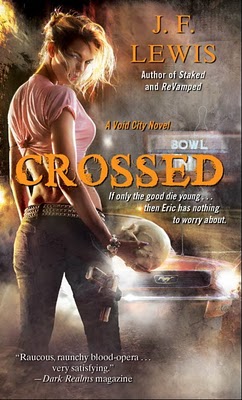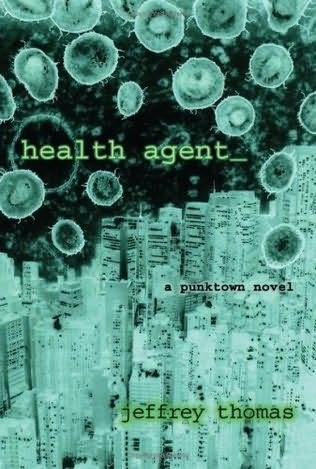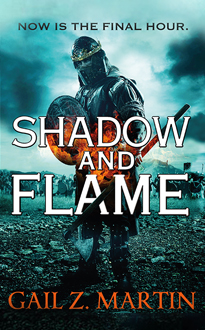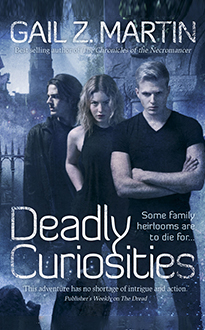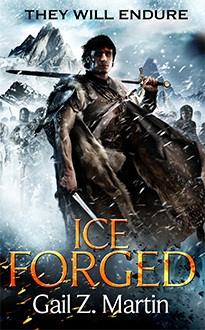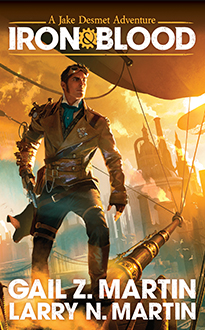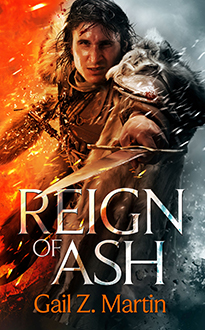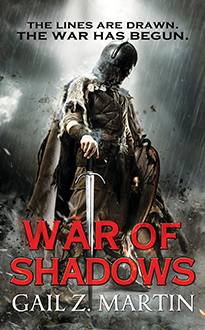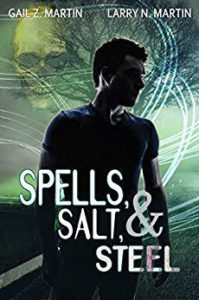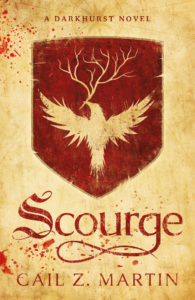When I’m actively working on a book, I’ve found that I don’t like to read epic fantasy. Part of it is not wanting to be subconsciously influenced by anything I’m reading. Part of it is probably a desire for something different from what I’ve spent all day working on. The difficulty is, now that I’m writing two fantasy books a year, it either means I have to figure out a new way to approach the problem or I won’t get to read any epics at all!
Lately, I’ve been enjoying urban fantasy, paranormal mysteries and cross-genre stuff like the Undead and Unwed series (a little of both with some paranormal romance thrown in, though with an emphasis on action/humor). Since I often spend my time mentally living in the middle ages, it’s fun to spend my free time reading books that are so thoroughly modern. Although, as I’ve mentioned to a couple of my friends who write paranormal mysteries, what is it with the Internet? How come people don’t just Google what they need to know, like in real life, as opposed to saying, “Gee, we can’t catch the bad guy because we need to know something and the library is closed until Monday!” I often will check the copyright date if characters in a book are stuck with only the library as a research tool or if they don’t use a cell phone. I’ve also chuckled at some of the ways authors have managed to avoid a slam-dunk rescue by putting the hero out of cell phone range or making a point that the cell phone is dead.
On the other hand, over on the epic side of things, I often have to face the reality of how slowly information could get from one place to another in the pre-telephone/telegraph/email days. Throughout history, battles were often fought weeks after the treaty had been signed because no one could get the word out to the troops in time! As someone living in the modern world, I have to constantly remind myself that it would take weeks or months to send the fastest messenger, meaning that there’s no way characters separated by distance can know what’s going on with each other (unless there’s a magical alternative).
Writing books set in a time period other than the one I live in does make for an interesting feeling of being caught between zones. Don’t even get me started on word origins


